The Application of Rapid Prototyping Technology in Investment Casting
Author: SAIVS Date Published: Mar 10,2025
Rapid Prototyping (RP) technology, developed in the 1990s,
has revolutionized the manufacturing industry by enabling the quick transformation of design concepts into physical prototypes.
This technology eliminates the need for molds and tooling, significantly reducing the trial production cycle and enhancing a company's ability to respond to market demands.
According to a 2004 survey by INCAST, over 93% of European Investment Casting manufacturers have adopted RP, recognizing its critical role in accelerating product development and improving competitiveness.
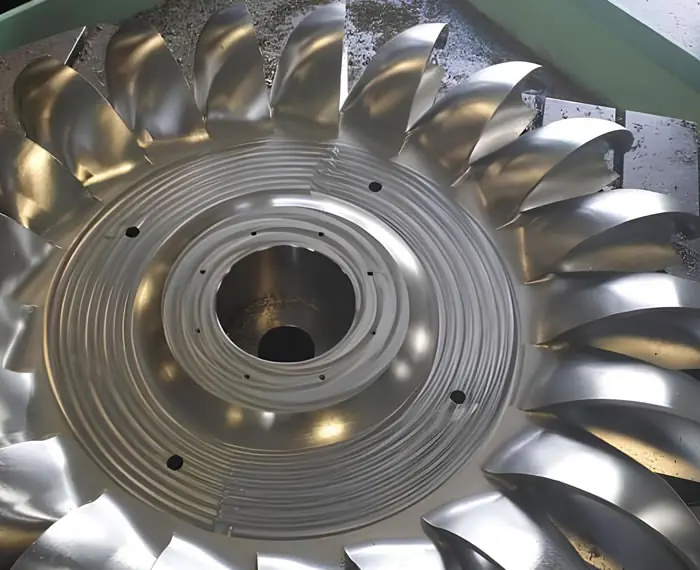
Common Rapid Prototyping Methods in Investment Casting
RP technology is widely applied in investment casting, primarily in three areas:
Pattern Making: RP machines can utilize 3D CAD models or data from industrial CT scans to create patterns. For instance, a part like a screw propeller can be scanned, processed into a 3D model, and then fabricated into a pattern using RP. This reverse engineering approach is not only useful for replicating machine parts but also for creating models of human organs.
Mold and Tooling Production: RP can produce molds through two methods: creating a master mold for epoxy or silicone rubber profiling, or directly fabricating resin molds from CAD models. For small-batch production, resin molds are suitable, while metal-epoxy composite molds can be used for larger batches. Additionally, RP can create irregularly shaped molds, further expanding its application.
Direct Mold Casting: In the early 1990s, the U.S. Sandia National Laboratory developed Direct Shell Production Casting (DSPC), a method for directly producing mold castings. Although not widely reported, this approach laid the groundwork for later advancements like 3D Printing, which can quickly produce molds for non-ferrous alloy castings.
Comparison of RP Methods in Investment Casting
Several RP methods are commonly used in investment casting, including Stereolithography (SLA), Selective Laser Sintering (SLS), Fused Deposition Modeling (FDM), and Laminated Object Manufacturing (LOM). Each method has distinct advantages and limitations:
Dimensional Accuracy: SLA offers the highest precision, followed by SLS and FDM, with LOM being the least accurate.
Surface Roughness: SLA and LOM produce smoother surfaces, while FDM results in rougher finishes.
Fine Detail Reproduction: SLA excels in reproducing fine details, whereas FDM performs poorly in this aspect.
Compatibility with Investment Casting: Wax-based methods like FDM and SLS are more compatible with investment casting processes, while resin or paper patterns require additional adjustments.
Overall, SLA is favored for its high precision and surface quality, especially in aerospace and military applications. SLS, though slightly less precise, is gaining popularity due to its compatibility with investment casting. FDM and LOM, however, face limitations due to their lower accuracy and surface quality.
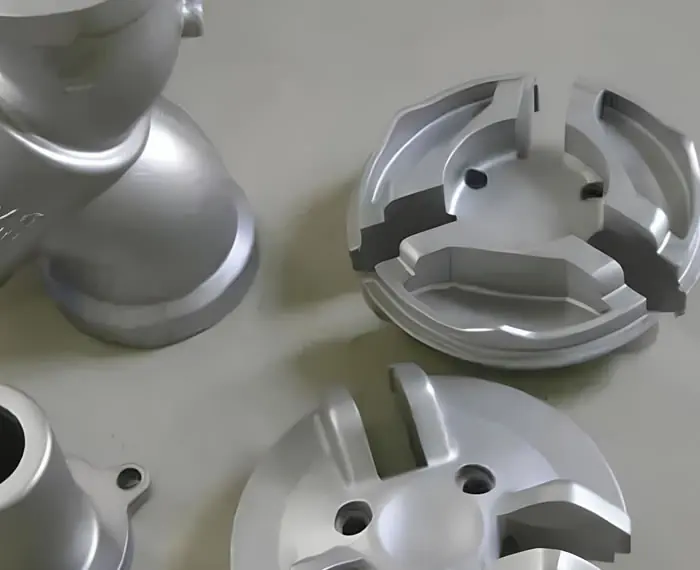
Recent Developments in SLA and SLS Applications
Advanced Light-Curing Resins: The development of new resins, such as DSM Somos' 11120, has improved the performance of SLA in investment casting. These resins offer low viscosity, minimal residual ash, and high dimensional stability, making them ideal for producing high-quality castings in alloys like aluminum, titanium, and cobalt-molybdenum.
Small-Batch Production with SLA: SLA patterns are increasingly used for small-batch production of precision castings. While SLA patterns are more expensive and time-consuming to produce than wax molds, they eliminate the need for Mold design and manufacturing, offering cost and time advantages for complex, low-volume parts. For example, in aerospace applications, SLA patterns have achieved a 95% pass rate in meeting dimensional tolerances.
SLS with Polystyrene Powder: SLS has evolved from using wax powder to polystyrene (PS) or polycarbonate (PC) powders. These materials produce porous patterns that reduce the risk of shell cracking during demolding. Although the surface finish is rougher, post-processing steps like wax impregnation and polishing can achieve the desired smoothness. This method is now widely used in both domestic and international foundries.
Conclusion
Rapid Prototyping technology has become an indispensable tool in investment casting, offering significant advantages in speed, flexibility, and precision.
While SLA and SLS are the most widely adopted methods, ongoing advancements in materials and processes continue to expand their applications.
As the technology evolves, it is expected to play an even greater role in enhancing the efficiency and quality of investment casting production.
Why Choose SAIVS™ as Your Supplier?
1.Superb Quality Control Management
At SAIVS, we take pride in our perfect quality management systems and procedures, which guarantees the excellent performance of all our producs, being a professional Investment Casting | Die Casting| Sand Castingmanufacturer in China.
2.Rich Production Experience
With 20 years of experience in production, SAIVS has a deep understanding of the market and trends, and strives for continuous research and innovation. This has created advantages in both the product's performance and appearance.
3.Competitive Prices
As a Chinese factory committed to becoming the most cost-effective Investment Casting | Die Casting| Sand Castingexporter in China, SAIVS provides high-quality products at advantageous prices. By lowering costs and increasing efficiency, we ensure that our customers receive the best possible value for their investment.
4.Perfect After-sales Service
At SAIVS, we strive to provide superior customer service that meets and exceeds expectations. We are always available for any questions or concerns you may have, and we stand by our commitment to providing excellent after-sales support.
Related Posts
-
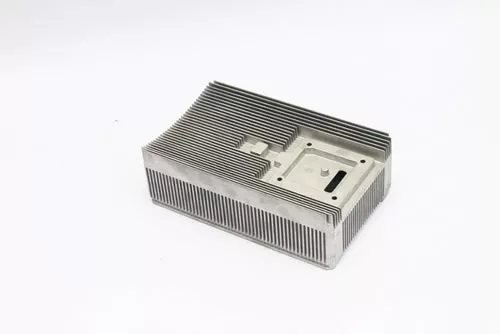
Die Casting Die for Automotive
I hope it will be helpful to you for the manufacturing process and technical requirements of automobile die casting dies.Automotive industry is one of the most ...
-
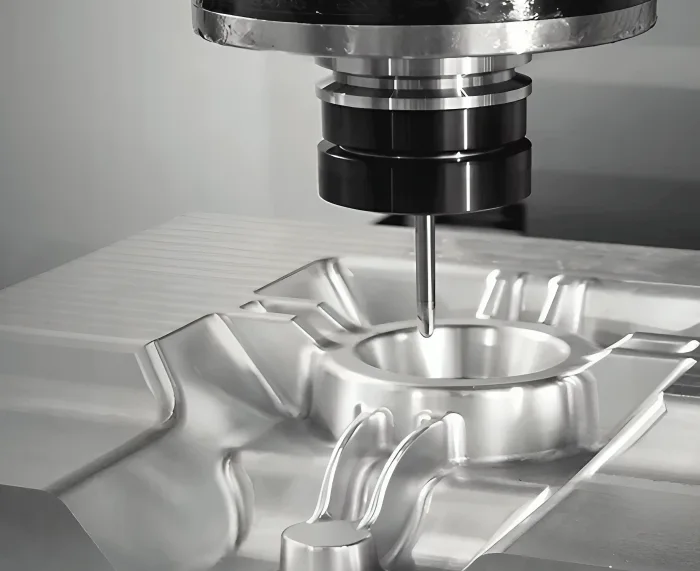
How important is temperature when you are Die Casting
Temperature control is a critical factor in die casting. The mechanical properties of the alloy, such as tensile and yield strengths, are negatively affect
-

Application of Rapid Prototyping Technology in Investment Casting
—Review of the progress of foreign precision casting technology (12) "Special Casting and Nonferrous Alloys", 2005 (12): 732~735Rapid Prototyping (RP)...
-
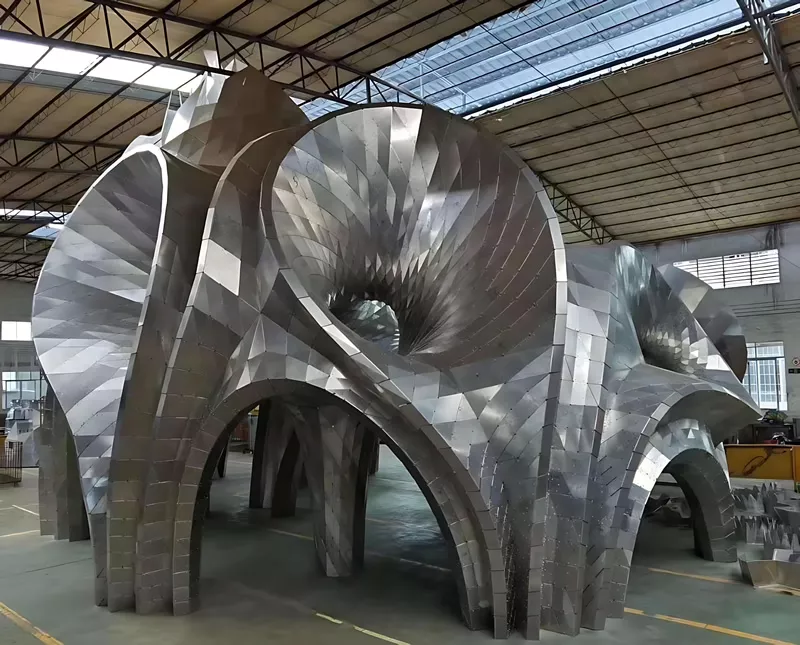
The Importance of Quality Inspection in Large Stainless Steel Casting
The precision casting industry is rapidly evolving, leading to variations in product quality. This inconsistency necessitates rigorous quality inspections,
-
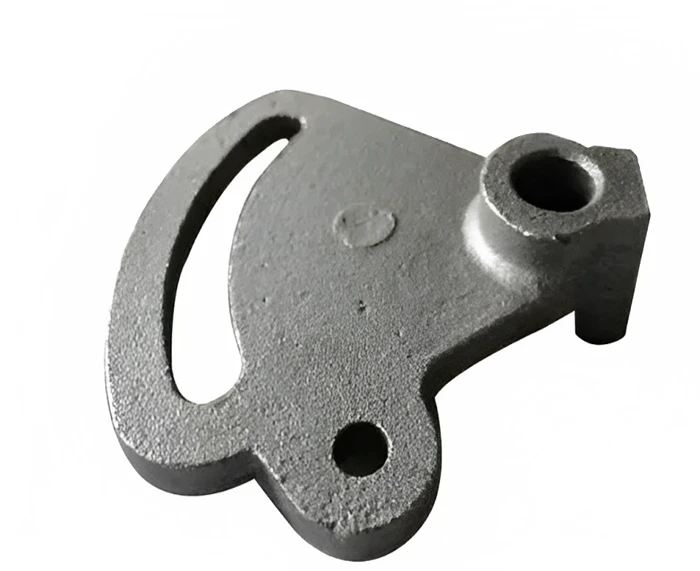
The Importance of Agricultural Machinery Parts
Agricultural machinery parts are essential components used in various types of agricultural machinery to ensure their proper functioning and efficiency. The fa...
-
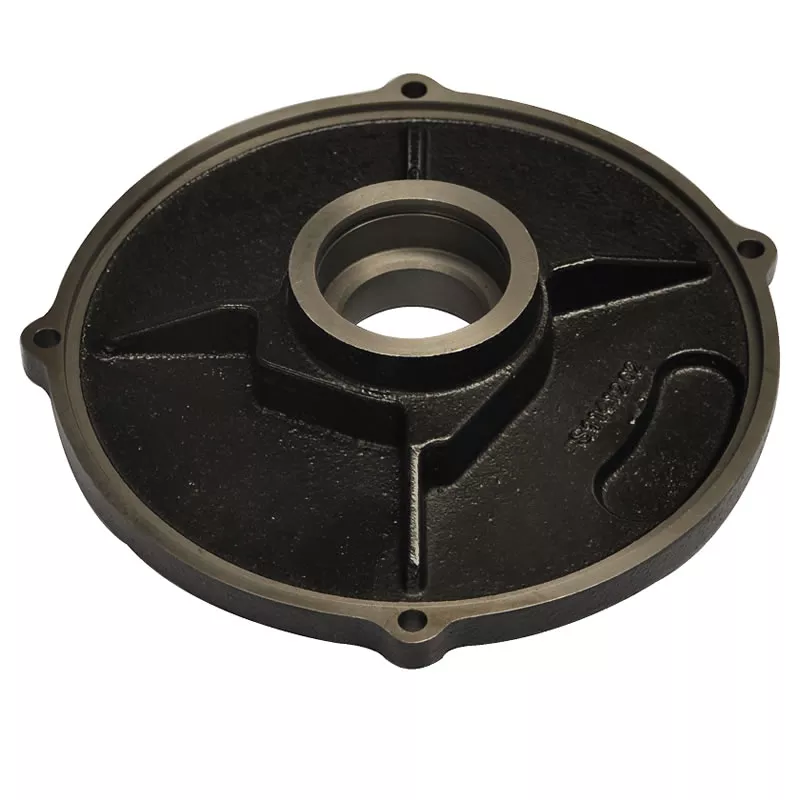
Characteristics of Sand Casting and Its Application
The production of aluminium alloy castings by sand turning casting with clay bonded sand as molding material has a long history and is also the most widely used...

